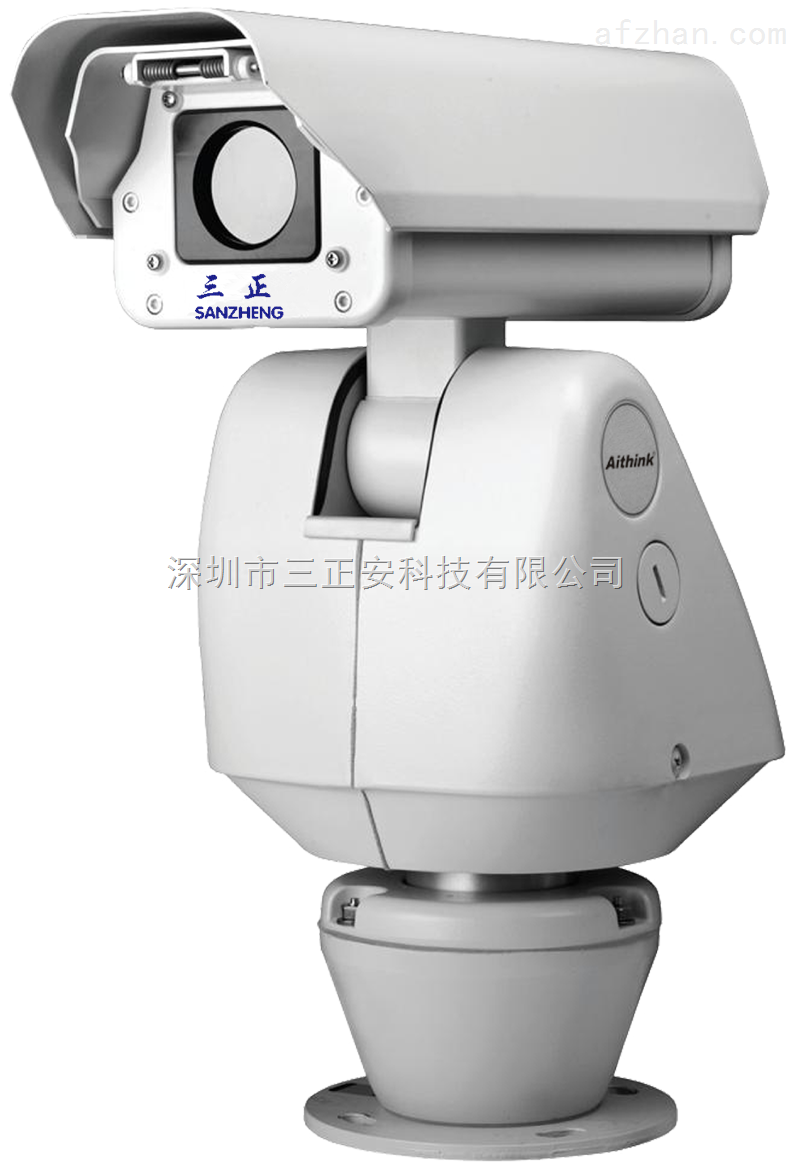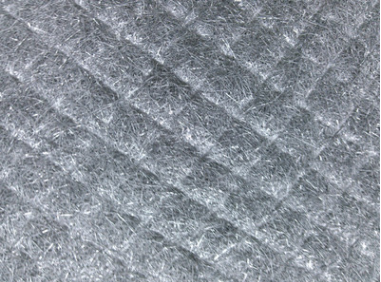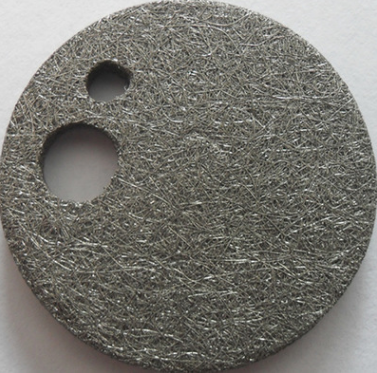With the development of optoelectronic information, microelectronics, network communications, digital video, multimedia technology and sensor technology, security monitoring technology has gone from traditional analog to highly integrated digital, intelligent, and networked. With the increase of market demand, modern high-tech has almost applied or is about to be applied in the security monitoring system. The rapid development of infrared thermal imaging technology in modern sensing technology has also begun to be applied in the security system.
Infrared Thermography The wavelength of visible light that our human eyes can sense is: 0.38-0.78 microns. Normally we will refer to electromagnetic waves that are longer than 0.78 microns, known as infrared. In nature, all objects radiate infrared rays. Therefore, using a detector to measure the difference in infrared rays between the target itself and the background, different infrared images can be obtained, which are called thermal images. The same target of the thermal image and visible light image is different, it is not visible to the human eye image, but the target surface temperature distribution image, or infrared thermal image is the human eye can not directly see the target surface temperature distribution, Becomes a thermal image representing the surface temperature distribution of the target that can be seen by the human eye.
Characteristics of Infrared Thermography Infrared radiation (or thermal radiation) is the most widely occurring radiation in the natural world in all natural temperatures and temperatures above -273°C. Atmospheres, smoke clouds, etc., absorb visible light and near-infrared rays, but are transparent to 3 to 5 micron and 8 to 14 micron infrared rays. Therefore, these two bands are called infrared "atmospheric windows." Using these two windows, we can clearly observe the situation in front of us on a completely dark night or in the harsh environment of smoke clouds. Because of this feature, infrared thermal imaging technology can be used in security night surveillance and forest fire monitoring systems.
The infrared thermal imager uses infrared thermal imaging technology to detect the infrared radiation of the target object, and converts the temperature distribution image of the target object into a video image through photoelectric conversion, signal processing, etc. We call this infrared thermal imager. Infrared thermal imagers can be divided into two major types of refrigeration type and non-refrigerated type. The thermal sensitivity of the refrigeration type is high. The structural complexity is generally used for military purposes rather than the cooling type. Although the sensitivity is lower than that of the refrigeration type, its performance can satisfy most military applications and almost all civil fields. Because it does not need to be equipped with refrigeration equipment, the uncooled infrared thermal imager is more cost-effective than the refrigerator type.

Fe-Gr-Al fiber sintered felt filter media
Describe:
The Filter Material of iron-chromium-aluminum dust filter tube is made from iron chromium aluminum fiber through opening and loosening machine, then made into cotton by special technology, and then sintered by vacuum sintering furnace. Because of its deep labyrinth structure, the filtration effect is much better..
Fe-Cr-Al fiber sintered felt is a kind of metal fiber sintered felt with long service life, environmental protection and energy saving, high temperature resistance, resistance to deformation, no carbon deposition, foldable, good toughness and uniform pore size distribution. It is widely used in automobile tail gas treatment, burner, boiler retrofit, gas conditioning, glass annealing, food baking, oven, heater, paper painting, drying and so on.
Characteristics:
1. High temperature resistance 1200 degrees.
2. Strong cold and thermal shock ability.
3. No water absorption.
4. Thermal inert extremely small.
5. Combustion complete radiation .
6. Long service life.
Applications:
Fe-Cr-Al fiber sintered felt is widely used as filter material in chemical and European standard diesel vehicle exhaust emission equipment. Fe-cr-ai alloy porous body position three-dimensional junction network structure. The pore size is 0.1 mm and the porosity is up to85%, it is the best choice for monolithic catalyst support material.



Special Metal Filter Materials
Perforated Sheet,Special Metal Filter Materials,Special Material Filter,Perforated Sheet With Sintered Mesh
Henan Sinofiltec Technology Co.,Ltd , https://www.airfilters.pl



